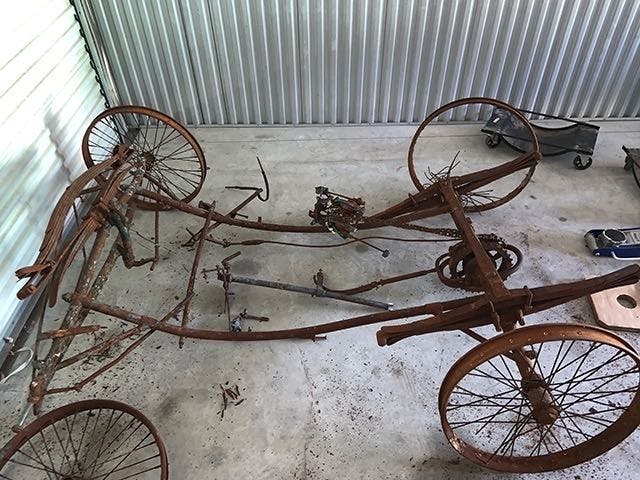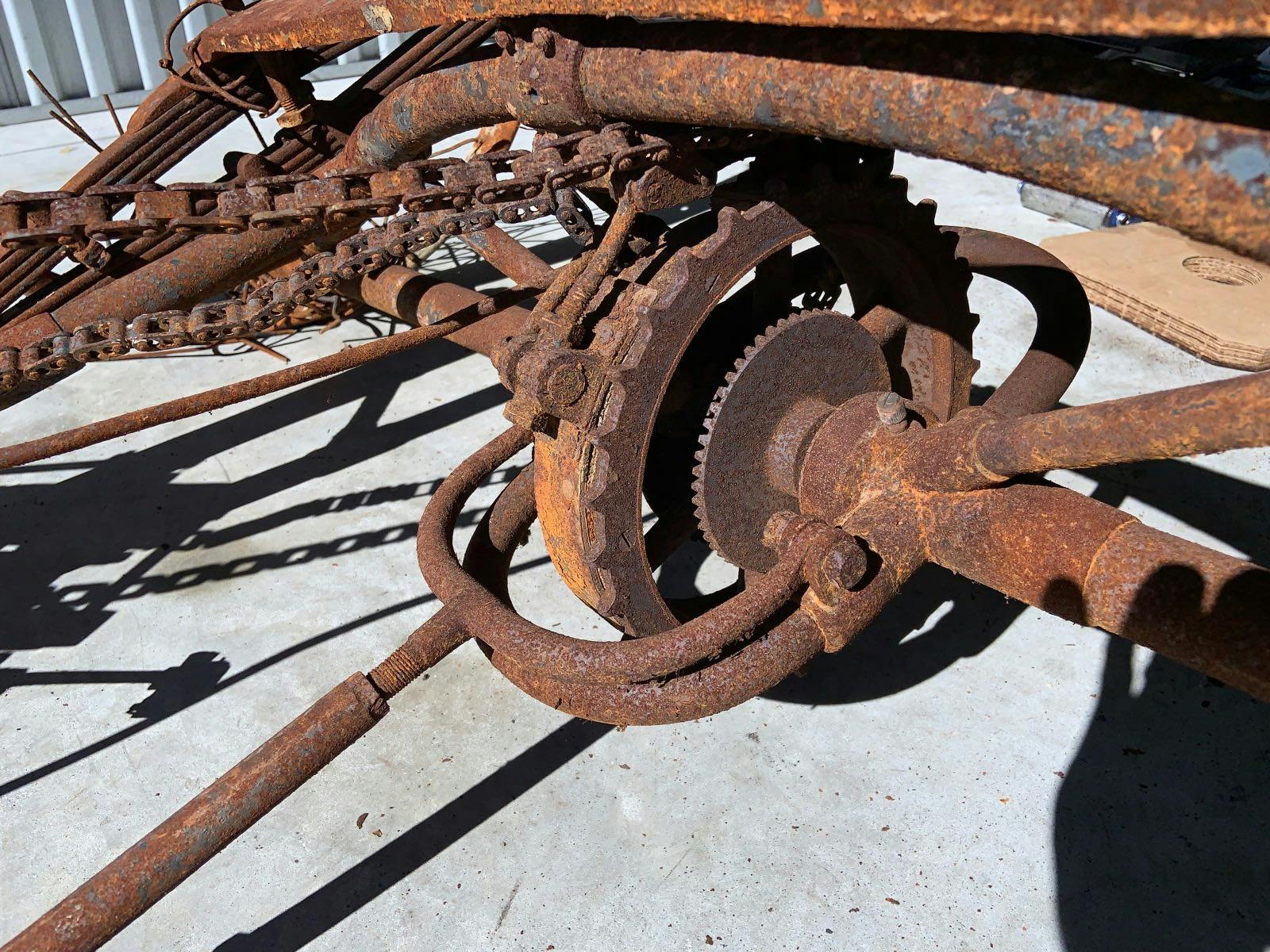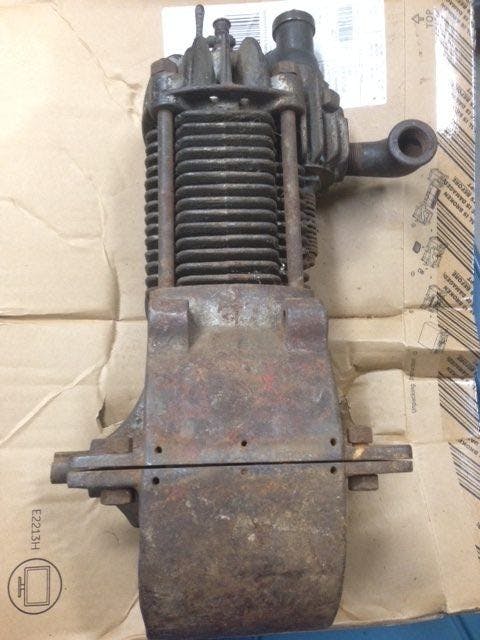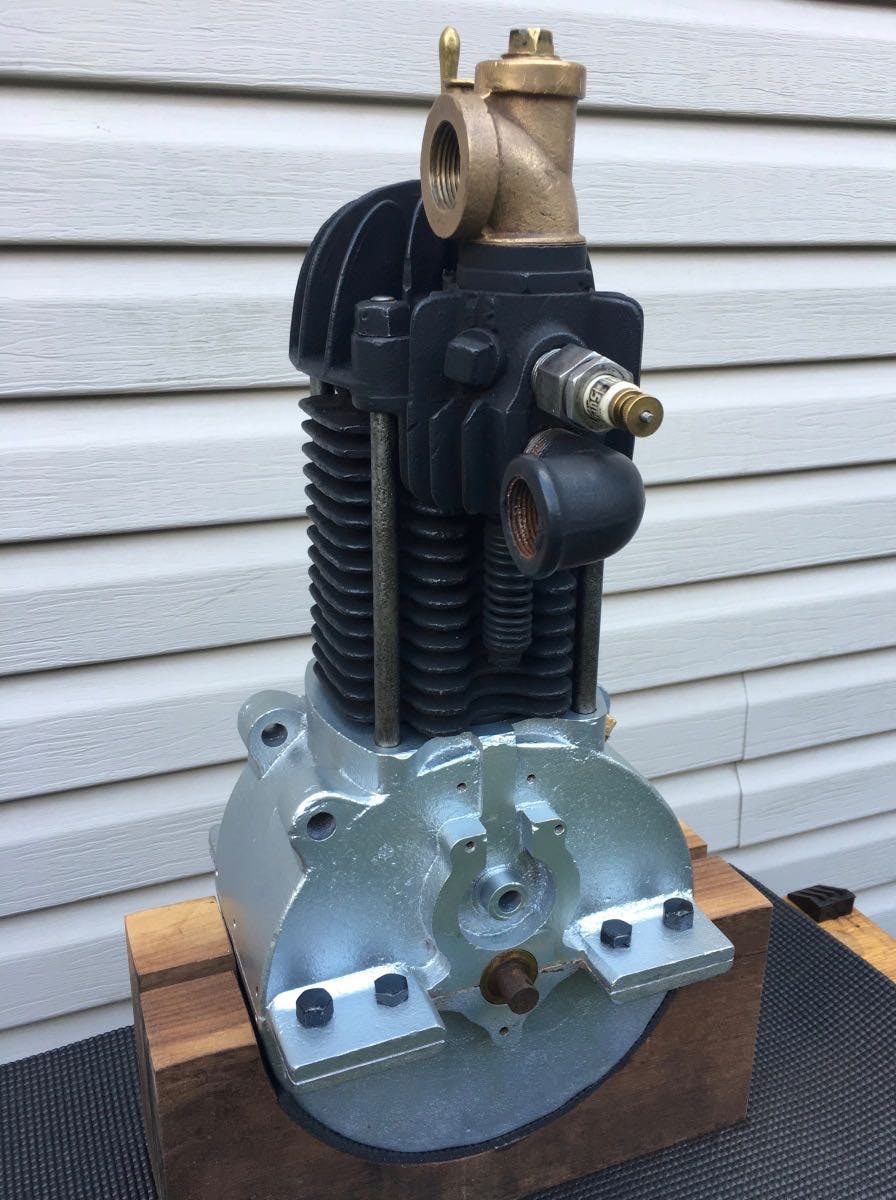The Fossmobile: Canada’s first car
Imagine living in the 19th century when transportation consisted of bicycles, boats, trains, horses, and your own two feet. I can’t begin to fathom what it would have been like to see your first automobile, but George Foote Foss of Sherbrooke, Quebec was immediately inspired.
On a business trip to Boston, Massachusetts in 1896, the 20-year-old Foss spotted his first electric horseless carriages. After taking one for a spin, he was impressed with the concept but not with the vehicle’s limited range.

A bicycle mechanic and a blacksmith, Foss knew he could build a better car, one powered by a gasoline engine. By the following year the Fossmobile, as it’s known today, was assembled and running.
Foss drove his four-wheeled, 4-horsepower, single-cylinder automobile around Sherbrooke for a few years. It must have been a sight to behold: With a top speed of 24 km/h, the Fossmobile would have been a mind-boggling alternative to contemporary horse-powered transportation.

Despite the success of his home-built creation, Foss had no desire to build more than one. He turned down offers from a local banker and even from Henry Ford himself inviting him to pursue automobile manufacturing and eventually sold Canada’s first gasoline-powered car in 1902 to someone—whose identity has since been lost—in Montreal.

After Foss moved to Montreal, he became an automobile salesman. In a strange twist of fate, Foss sold Samuel McLaughlin his first car, a Stanley Steamer, and taught him how to drive. (McLaughlin went on to found the McLaughlin Motor Car Company and later became president of General Motors of Canada.)
Today, a tribute to the Fossmobile is being meticulously assembled by the talented craftsmen at Legendary Motorcar Company in the rolling hills outside of Milton, Ontario.

Ron Foss, George’s grandson, is the driving force behind the project, seeking to recognize his grandfather’s achievement and cement the Fossmobile’s place in automotive history. Since the original is lost in the sands of time, the recreation is a laborious undertaking for Ron.
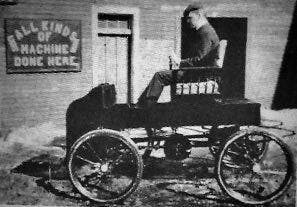
The Fossmobile is a proud part of the Foss family history, but it isn’t well known outside the Fosses. Even by 2018, when Ron began searching for more information to begin the recreation project in earnest, his grandfather’s creation hadn’t received much recognition. A handful of people in the town of Sherbrooke had erected a monument for the car’s 100th anniversary, but little else had been said or recorded.
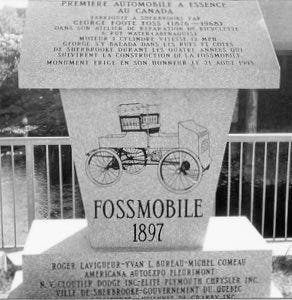
Ron painstakingly researched the Fossmobile and other automobiles of the era in order to assemble something that would hew as closely as possible to the original. Given the relatively undeveloped state of automotive technology in the late 19th century, cars of that period used very similar componentry—something that made Ron’s project a little easier.
For instance, some of the earliest automobiles shared a powerplant: a de Dion-style, single-cylinder, internal-combustion engine. Serendipitously, while looking for a suitable engine, Ron connected online with a gentleman from Florida who had one, but who was only looking to determine its provenance. By the end of the conversation, however, he agreed to sell the engine to Ron.
A couple of weeks later, Ron received another call from the gentleman in Florida. “He said, ‘I have an old chassis that looks to be identical to the photographs of the chassis that I see of your grandfather’s,” Ron remembers. “‘Do you want it? I’m just going to donate to you.’ And I told him, ‘I can’t accept that as a donation. Let’s come to terms of some sort of price’—and we did. I made arrangements with a transport company to ship it up to Canada.” The Florida-sourced chassis wasn’t the one that underpinned the original Fossmobile, but it was very close. Ron was thrilled.
Shortly afterwards, the same gentleman called Ron again—this time, with a body that resembled that of the Fossmobile. The two quickly came to an agreement.
Many components necessary for the reborn Fossmobile have been fabricated from scratch. Others require the talents of yesteryear. For example, Ron has enlisted the help of a skilled woodworker to rebuild the body, seat, and engine cowl. Since colour photography isn’t available, of course, Ron’s made some well-informed decisions for the shade and design of the seat cushion.

At this stage, the wheels that came with the chassis have been restored and refinished, fitted with period-correct tires and tubes from Coker Tire. As Ron says, “[The tires] have to be white, of course, because back then there was no carbon introduced to rubber.” Ron has personally rebuilt much of the engine, and it’s nearly ready to run.
The Fossmobile project’s had its share of hiccups; some challenges are simply insurmountable, such as sourcing a period-correct chain drive. In the late 19th century, chains weren’t as well-engineered as they are today. The automotive type used in-period was derived from the kind used for bicycles. Each link of a detachable block chain, as it was called, was comprised of five individual pieces. The design required perfect tension to maintain its integrity, and very few survived. However, Ron and the new Fossmobile have an ace in the proverbial hole.
If you’re familiar with Legendary Motorcar Company and its work, you know that much of the shop’s expertise lies in the restoration of slightly newer cars; but if any shop should undertake this project, it’s this one. Not only is Legendary is a Canadian operation; it’s a shop equipped with the breadth and depth of experience in world-class restorations needed for the Fossmobile project.
Legendary’s craftspeople have taken all of the parts of this unusual project and given them a full run-through, restoring components when possible and fabricating new parts when necessary. In the end, the new Fossmobile will be an authentic, museum-quality tribute to Canada’s first internal-combustion automobile.
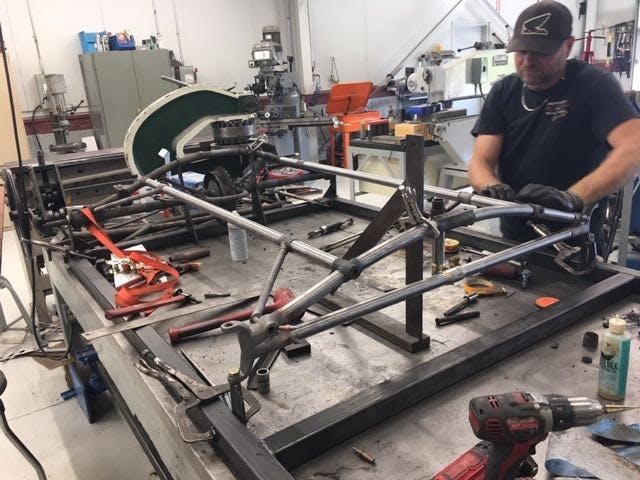
Legendary’s president, Peter Klutt, has been in the restoration business for over three decades, and he’s familiar with the mindset. “I always say you have to put yourself back into that time period to really understand it. I mean, you can drive the most exotic car from the ’50s or the ’60s, and a minivan performs better today. You have to put yourself into that time period.
“It was still horse-and-buggy for 99.9 percent of the people when cars like the Fossmobile first came out,” Klutt continues. “People must have thought it was crazy and it would never work. Where would they get gas and where are they going to have roads? You’d get stuck every three minutes and it must have seemed like it was either a toy or a fool’s errand.”
For Klutt, working on the Fossmobile project is just as much of an honour as it is a challenge. He admits, “It’s not as straightforward as most of the other projects where you buy a part, you put it on, and carry on.” Since there is little documentation, let alone anything resembling a schematic, the shop has to make decisions based on photographs, a handful of known measurements, and period technology.

As of January, 2021, the end of the project is in sight; the Fossmobile tribute will likely see the light of day some time this year. For Ron, however, the journey doesn’t end at the vehicle’s completion.
“My goal is to correctly inform Canadians of this achievement—this largely untold story, in typical Canadian fashion,” Ron says. “We just don’t wave our own flag as much as we should. It’s part of our culture to be more laissez-faire about stuff and, yet, the automobile has become such an important part of worldwide society—why are we not celebrating or at least acknowledging this Canadian effort?”
The car will be shown as far and as wide as Ron’s budget will allow. Even after he’s unable to show the car himself, Ron has no intention of locking the recreated Fossmobile behind closed doors.
“I’d rather have it in a setting where it can be appreciated and properly looked after, with the curatorship that a museum piece would have,” Ron says. He has an agreement with the Canadian Automotive Museum in Oshawa, Ontario, to look after the car so that future generations of Canadians can learn about this groundbreaking moment in automotive history.
Ron has documented much of his grandfather’s history and that of the car on this website: Fossmobile.ca. It’s a fascinating read for anyone interested in the dawn of the automobile. While Ron has poured in thousands of dollars of his own money into this project, he’s also established a GoFundMe for anyone who would like to contribute to this historic undertaking.
